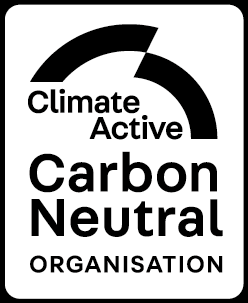
Wastewater Screens
A Comprehensive Range of Wastewater Screens for Industrial Applications
Hydroflux Industrial supplies a comprehensive range of wastewater screens designed to match the type of solids, the solids loads, and the hydraulic profiles for each application. One of three main screen types is typically selected:
Internally Fed Rotary Screens – The most commonly used screen in industrial wastewater treatment, ideal for high-solids and greasy wastewater, particularly in food and beverage processing.
Inground Screens – Installed in gravity drainage channels upstream of pump wells, inground screens offer an efficient and compact solution when site hydraulics allow.
Static Screens (Parabolic Screens) – A simple, low-maintenance option with no moving parts, static screens are available with a range of wedge wire apertures. They are best suited to non-greasy wastewater, such as that from construction activities or select manufacturing processes.
Internally Fed Rotary Wastewater Screens
This widely used wastewater screen features a horizontal basket fitted with wedge wire typically ranging from 0.25 to 3 mm in aperture size.
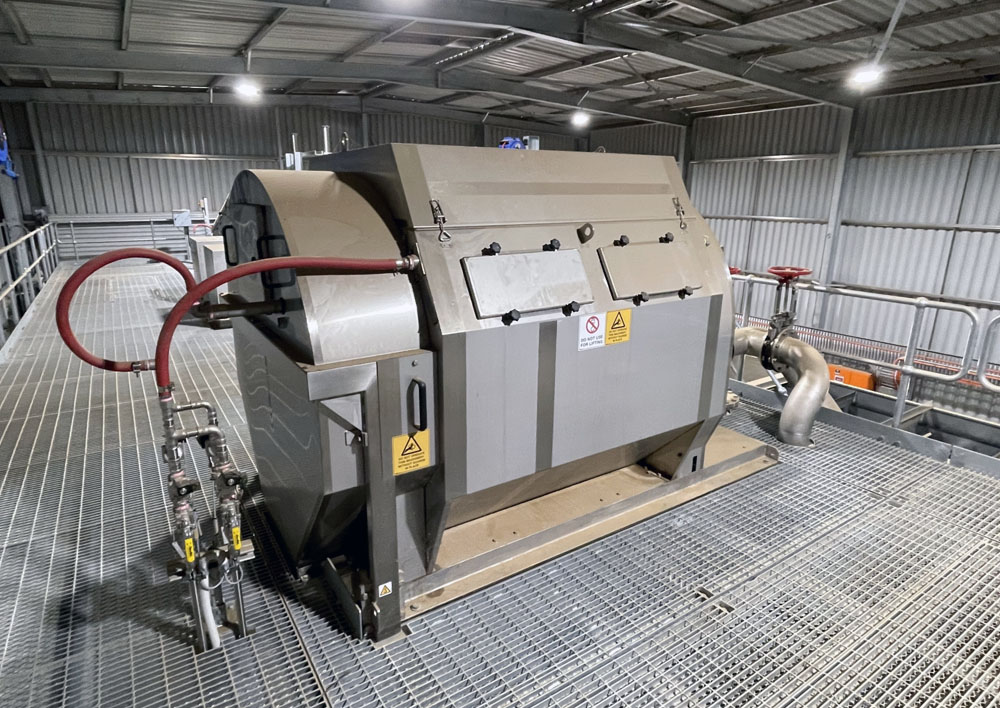
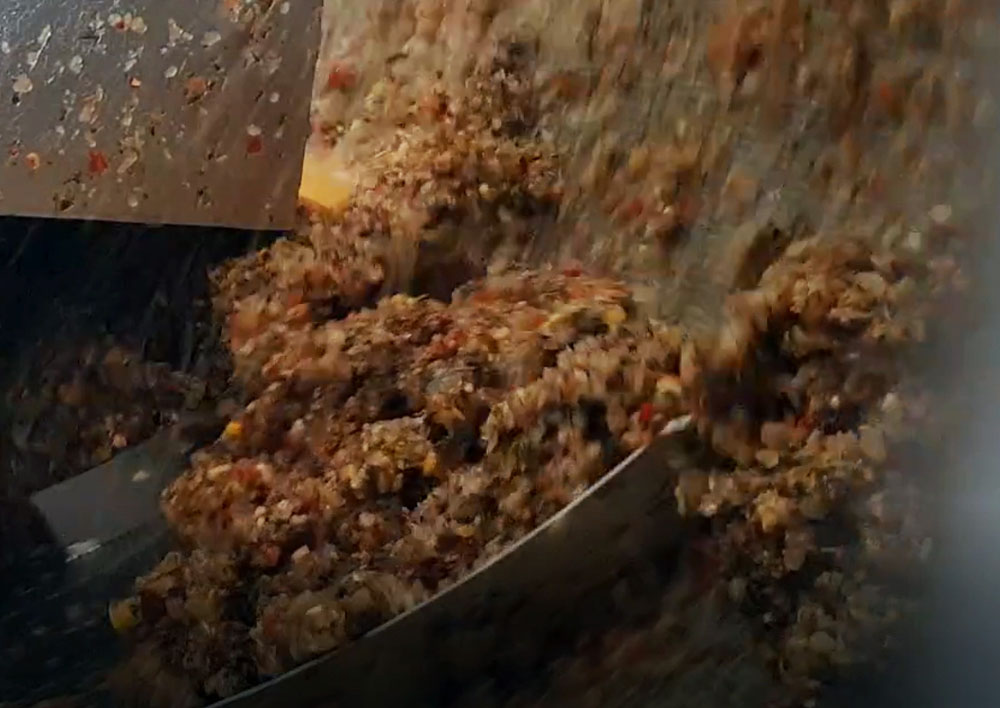
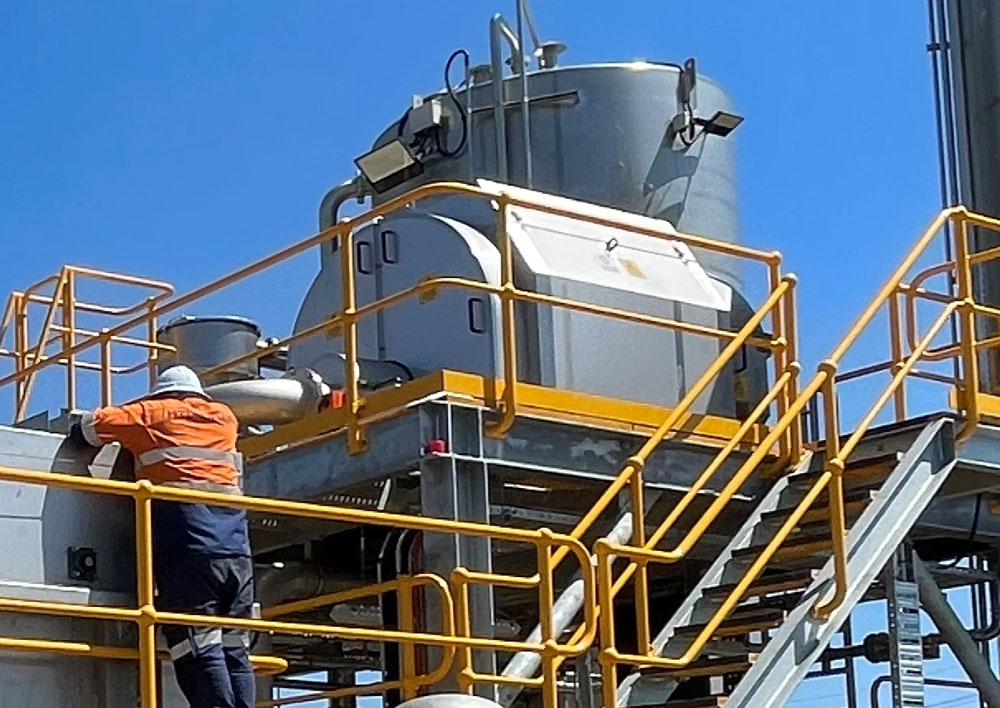
Features of Internally Fed Rotary Screen
Self-Cleaning Mechanism: The rotating drum is equipped with externally mounted high-pressure spray bars to prevent blinding with solids and grease and maintain throughput. This cleaning system is intermittent and uses hot or cold water as required.
High Efficiency in Solids Removal: Internally fed rotary wastewater screens effectively remove suspended solids, debris, and larger particles from wastewater. The rotating drum design with internal flights constantly carries the screened material to the discharge end of the drum.
Compact and Space-Saving: Internally fed wastewater rotary screens are compact, making them ideal for installations with limited space. Drum sizes range from 500 mm to 3 m in diameter, allowing for the treatment of several hundred kL/hr in a single unit.
Inground Wastewater Screens
Inground wastewater screens provide an efficient and cost-effective solution, particularly in applications where the hydraulic profile allows for gravity-driven flow. These wastewater screens are usually installed in drainage channels before pump wells, ensuring that solids and debris are removed early in the treatment process.
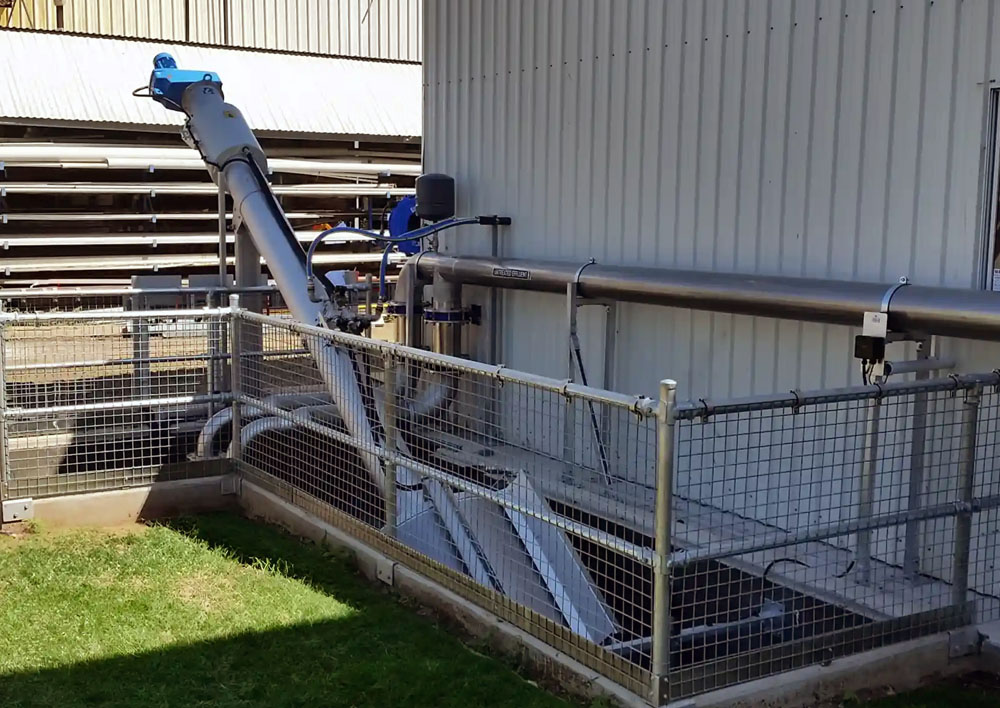

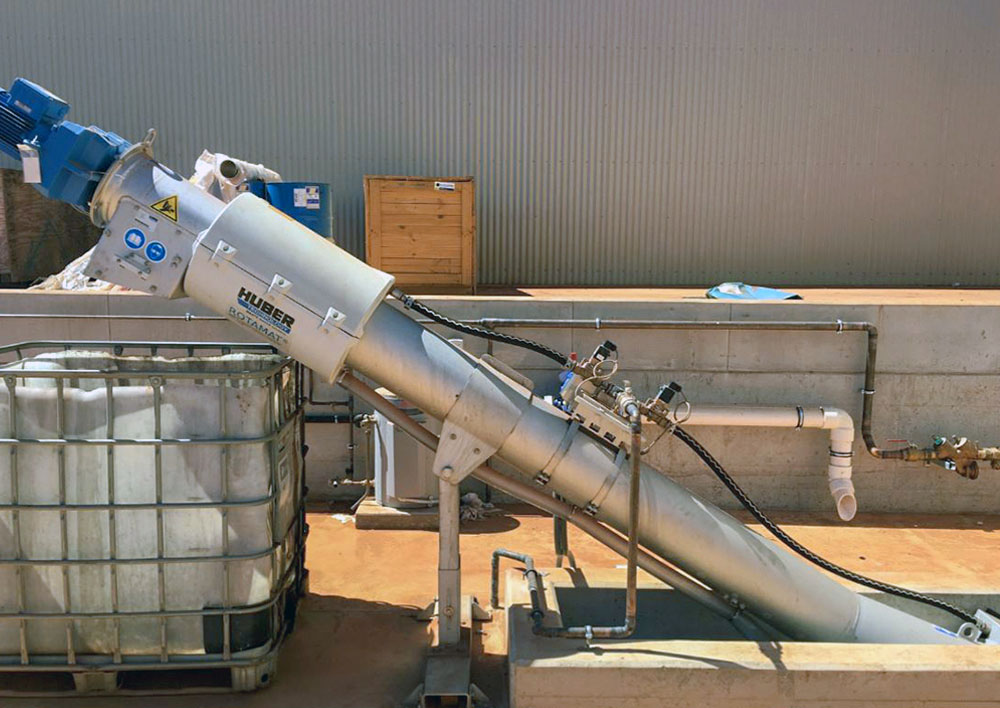
Features of the In-Ground Screen
Continuous Self-Cleaning: The rotating drum design prevents clogging by continuously removing captured solids from the screen surface.
Fine Screening Capability: With diameters up to 3 m, the screen is typically designed with perforations or mesh sizes ranging from 0.5 to 6 mm.
Low Maintenance: Equipped with a simple drive mechanism and minimal moving parts, reducing the need for frequent servicing.
Automatic Solids Removal: The captured solids are typically conveyed via a screw with spray wash system to a collection bin or conveyor.
Corrosion-Resistant Construction: Made from stainless steel (304 or 316) for durability in harsh wastewater environments.
Static (Run-Down) Wastewater Screens: Efficient & Low-Maintenance
Static or run-down wastewater screens (sometimes also called parabolic screens) are simple, gravity-fed screening devices used for solid-liquid separation in wastewater treatment and industrial applications. With no moving parts, these screens rely on a sloped, wedge-wire surface to remove solids efficiently while allowing liquids to pass through. Their low-maintenance design, high screening efficiency, and durability make them ideal for applications such as manufacturing, infrastructure, pulp and paper, and mining industries.
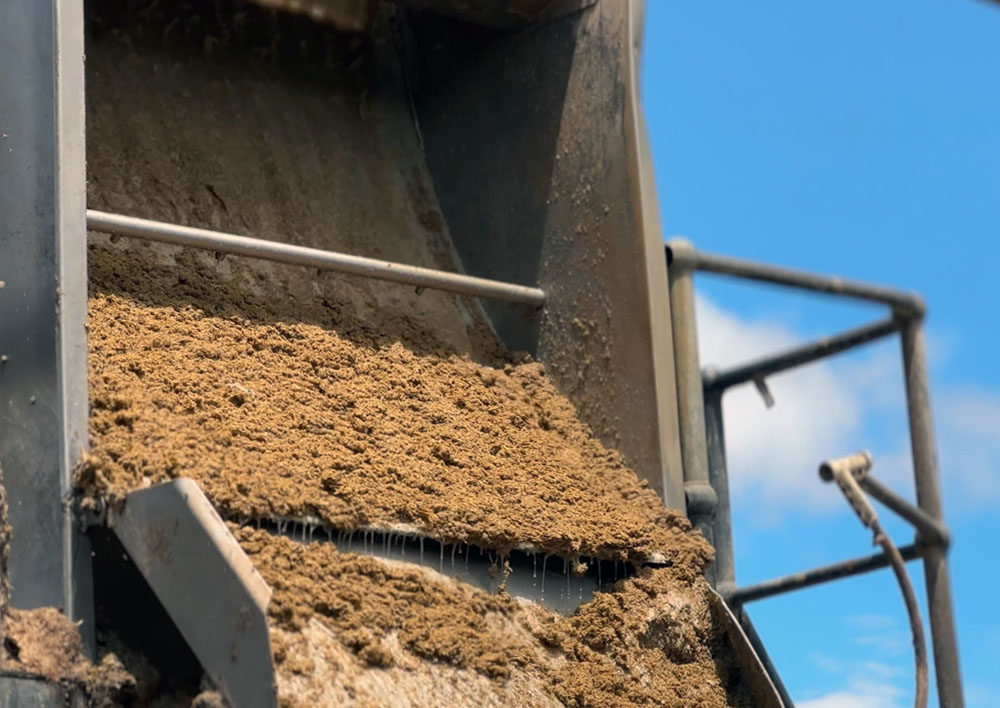
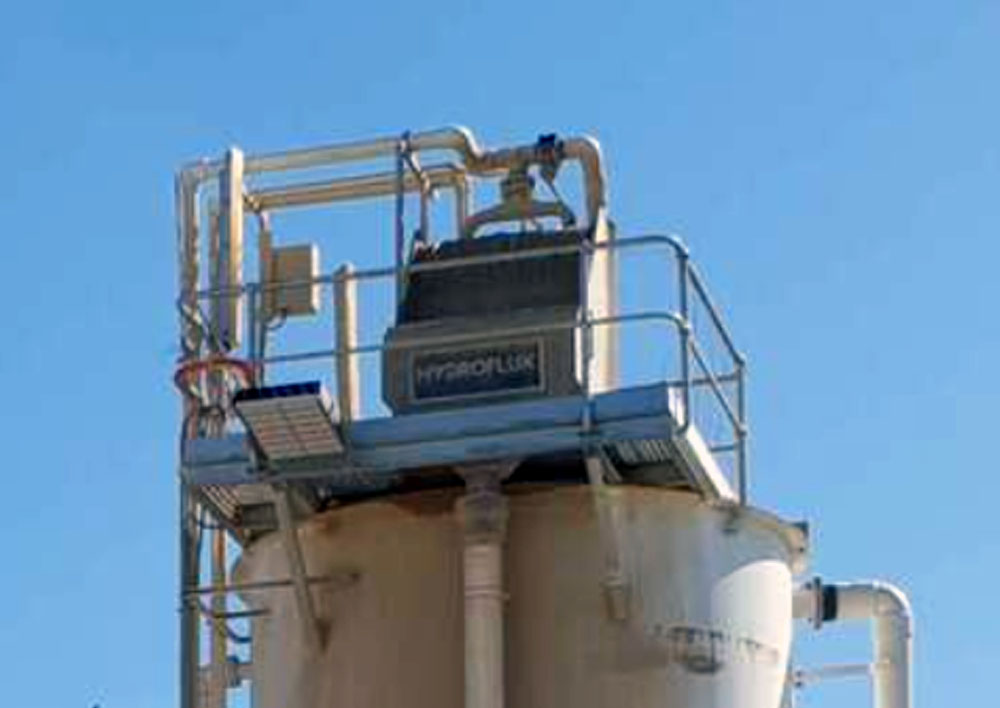
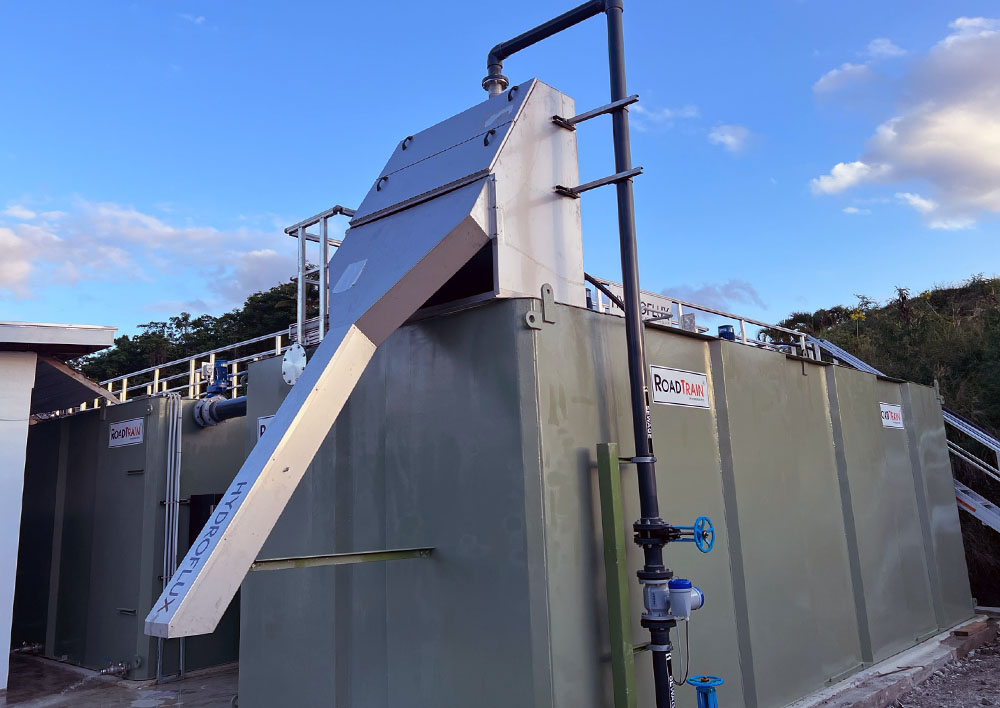
Key Features of Static (Run-Down) Wastewater Screens
No Moving Parts: Operates passively using gravity, reducing mechanical wear and maintenance needs.
Wedge-Wire Screen Design: The precisely spaced wires ensure efficient solid-liquid separation, with slot sizes typically ranging from 0.2 to 2 mm.
Energy-Efficient Operation: Requires no external power, making it a cost-effective and environmentally friendly solution.
High Solids Capture Efficiency: Effectively removes suspended solids, reducing the load on downstream treatment processes.
Durable Construction: Typically made from stainless steel (304 or 316), ensuring long-term resistance to corrosion and harsh environments.
Low Maintenance Requirements: Simple design with minimal parts results in easy cleaning and long operational life.
Why choose to work with Hydroflux Industrial?
Hydroflux’s team includes qualified civil, mechanical, chemical, and electrical engineers, as well as experienced project managers, site supervisors, commissioning engineers, and service technicians. All projects are carried out under externally certified occupational health and safety and environmental management systems.
Hydroflux designs and constructs comprehensive wastewater treatment systems that incorporate various types of processing equipment, including screens, physical/chemical, biological, and tertiary treatment technologies to enable high-quality discharge or water reuse.
Below is a 3D drawing of a treatment plant constructed by Hydroflux that incorporated balancing, heat recovery, rotary screening, DAF, and sludge dewatering.
Contact us for a technical discussion about how we can assist you with your wastewater treatment facility.
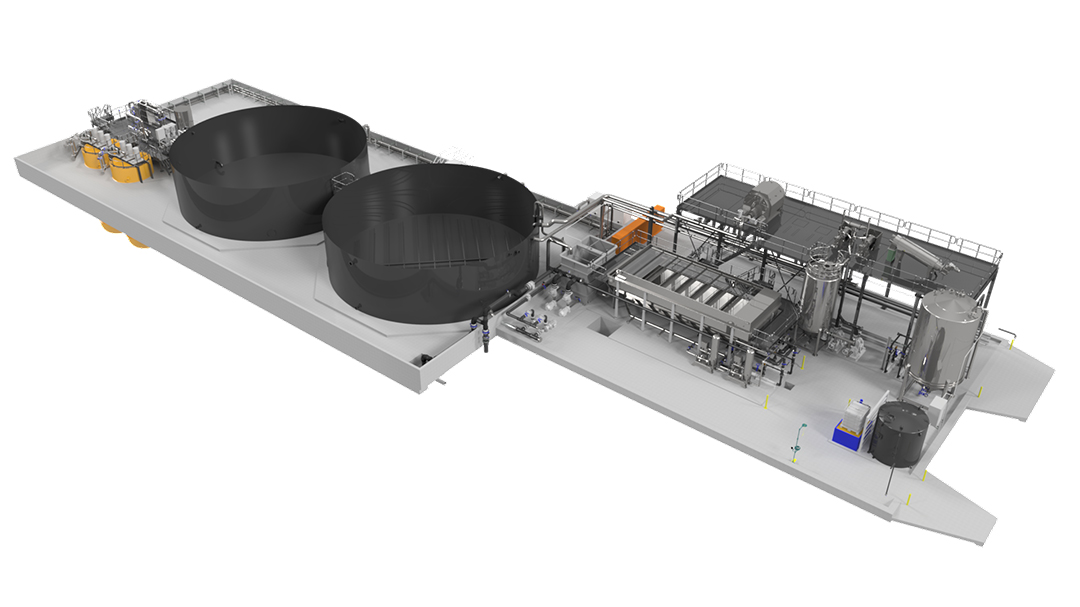
Sustainable Solutions
As Australia’s first certified carbon-neutral water and wastewater chemical supply and service business, we focus on sustainability. Developing and delivering sustainable solutions for treatment plant operation and maintenance is at the core of what we do. Our equipment is the most sustainable in the Australian and New Zealand markets and is also carbon-neutral. Click here to find out what this means for you.
